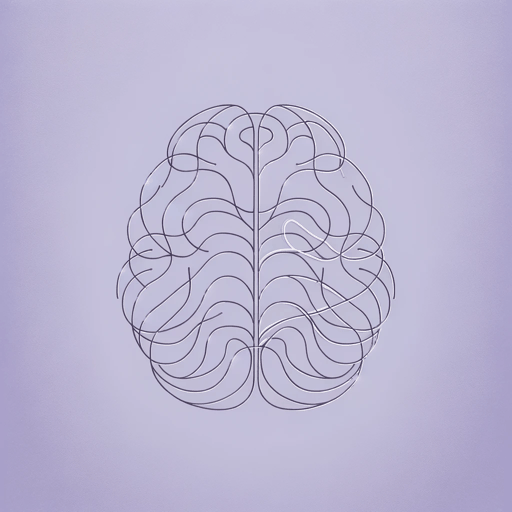47 pages • 1 hour read
Bessel van der KolkThe Body Keeps the Score: Brain, Mind, and Body in the Healing of Trauma
Nonfiction | Book | Adult | Published in 2014A modern alternative to SparkNotes and CliffsNotes, SuperSummary offers high-quality Study Guides with detailed chapter summaries and analysis of major themes, characters, and more.
Part 3Chapter Summaries & Analyses
Part 3: “The Minds of Children”
Part 3, Chapter 7 Summary: “Getting on the Same Wavelength: Attachment and Attunement”
Part 3 addresses trauma as it relates specifically to children. Van der Kolk explains that trauma can happen even in the earliest years of a child’s life if the child and caregiver are out of “sync.” When van der Kolk worked with disturbed children, he and his fellow researchers “could only conclude that for abused children, the whole world is filled with triggers” (110). Instead of treating underlying causes, doctors label the children with a variety of developmental disorders and medicate them heavily.
Van der Kolk explains the concept of attachment theory, which explains how a child’s earliest experiences being cared for inform the way they interact with the world for the rest of their lives. The ideal is “secure attachment”: “children learn what makes them feel good; they discover what makes them (and others) feel bad, and they acquire a sense of agency” (115). Being attuned to their caregivers helps children learn to deal with difficulties in life and become a member of the “tribe” of humanity.
Relationships with caregivers can be unideal, and van der Kolk describes three other types of attachment: avoidant attachment, aka “dealing but not feeling” (118), 







